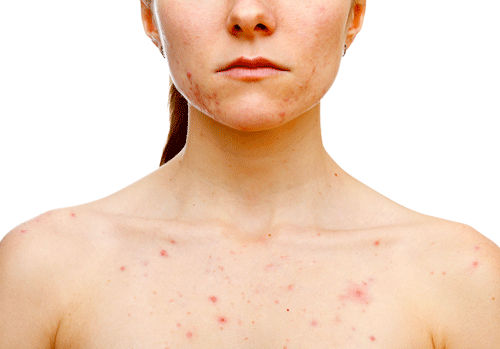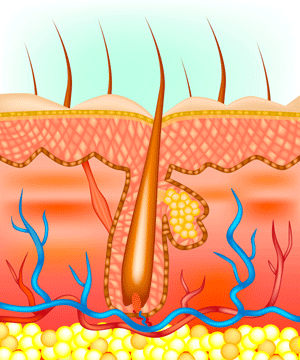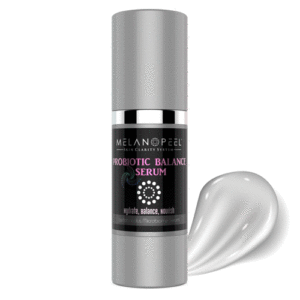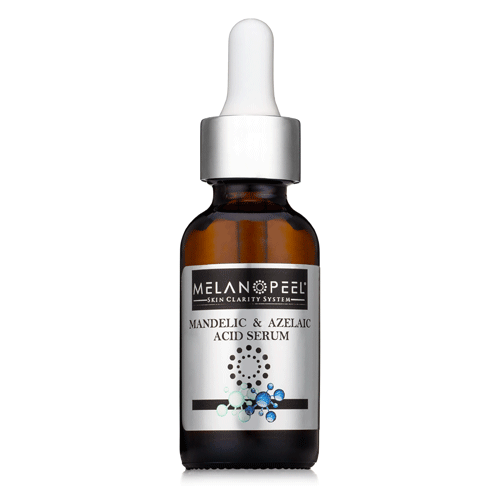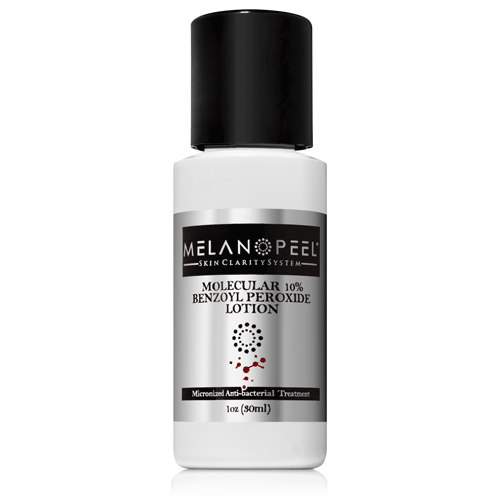Acne is a chronic and inflammatory skin disease characterized by the development whiteheads, blackheads, nodules, papules and other types of pimples.
Up to 50 million people in the United States suffer from acne.
Each year, up to 50 million people in the United States are affected by acne, making it the most common skin condition in the country.
Acne commonly affects the areas of neck, face, chest, back and shoulders. This is because these areas of the body are rich in oil glands called “sebaceous glands”.
The link of bacteria to acne:
Sebaceous glands are present in skin follicles and produce an oily substance called “sebum”. Typically, sebum is involved in lubricating your skin and hair. Sometimes, there is excessive production of sebum in your body and it can clog the pores.
Clogged oily pores help different bacteria to survive and grow, leading to inflammation and acne development.
Your skin’s microbiome – the good bacteria:
The skin’s microbiome is the ecosystem of microorganisms and bacteria that live on your skin. The microbiome of skin plays a vital role in how your skin looks, acts and feels. A healthy microbiome protects your skin from external environmental factors like allergens and toxins.
However, if the balance of the skin’s healthy microbiome if disturbed, it can lead to the development of multiple skin conditions.
Imbalance of healthy microbiome flora causes skin inflammation.
It is the overall balance of the bacteria that is an important determinant of acne development and skin health, rather than the presence or absence of particular strain of bacteria.
P. Acnes bacteria & your skin.
Acne vulgaris is a common skin condition, affecting almost 80-85 percent of the population during some point in their life.

P. acnes species are key players in acne development and are most abundant in the follicle of both acne-prone and healthy individuals.
P. acnes uses sebum as a source of energy and triggers inflammation by initiating an immune response.
Skin’s microbiome is beneficial to us as it acts as a barrier for invading organisms. Moreover, it also helps in maintaining skin’s pH and overall health of your skin.
Skin’s good bacteria boost your immunity by competing with invaders, preventing pathogens to adhere, by secreting lipoteichoic acid and by empowering immune cells.
A balanced diverse microbiome supports many of the processes that the skin needs to stay healthy, resilient & reduce inflammation. We all have good and bad bacteria residing on our skin. When this balance is disturbed and shifts towards bad bacteria then this microbiome may function less efficiently.
This impairs your skin’s natural protective barrier membrane, allowing skin irritations, sensitivity, and inflammation to prevail.
How to create a healthy microbiome balance:
1. Use the right pH balancing skin care products:
Use those that respect and protect your skin’s acidic pH. Many OTC soaps and cleansers can affect good bacteria by changing your skin’s pH to a less balanced one.
All our Melanopeel Cleansers & Toners will maintain your skin at the optimal pH of 5.5.
Our unique concentrated Probiotic Balance Serum balances your skin’s pH, nourishes, hydrates, and maintains good levels of your healthy skin bacteria.
2. Use antimicrobial skin care products:
Those which target p.acnes bacteria and promote the growth of healthy bacteria are the best. Mandelic acid and azelaic acid are naturally antifungal, and antibacterial against p.acnes. Lactic acid helps straighten your skin’s barrier membrane.
Our antibacterial stars with mandelic acid, azelaic acid, and micronized benzoyl peroxide. Lactic acid strengthens the skin’s barrier membrane.
Other skin balancing tips:
3. Eating clean and high fibre diets as they are rich in prebiotics (not the same as probiotics). Prebiotics act as a source of nourishment for your probiotics.
4. Consuming probiotics rich food as they help in maintaining healthy skin’s balance of microflora.
5. Using supplements that are beneficial for both skin and gut microflora.
6. Maintain good hydration.
7. Identifying and removing foods from the diet that trigger multiple skin issues.



